Globalization is the term used to describe the way countries are becoming more interconnected economically and culturally. However, It is an international process driven by trade, investment, finance, and technology. People have desired to live socially since ancient times. Socialization is the origin of globalization.
The definition seems tough! Right? Let’s simplify it.
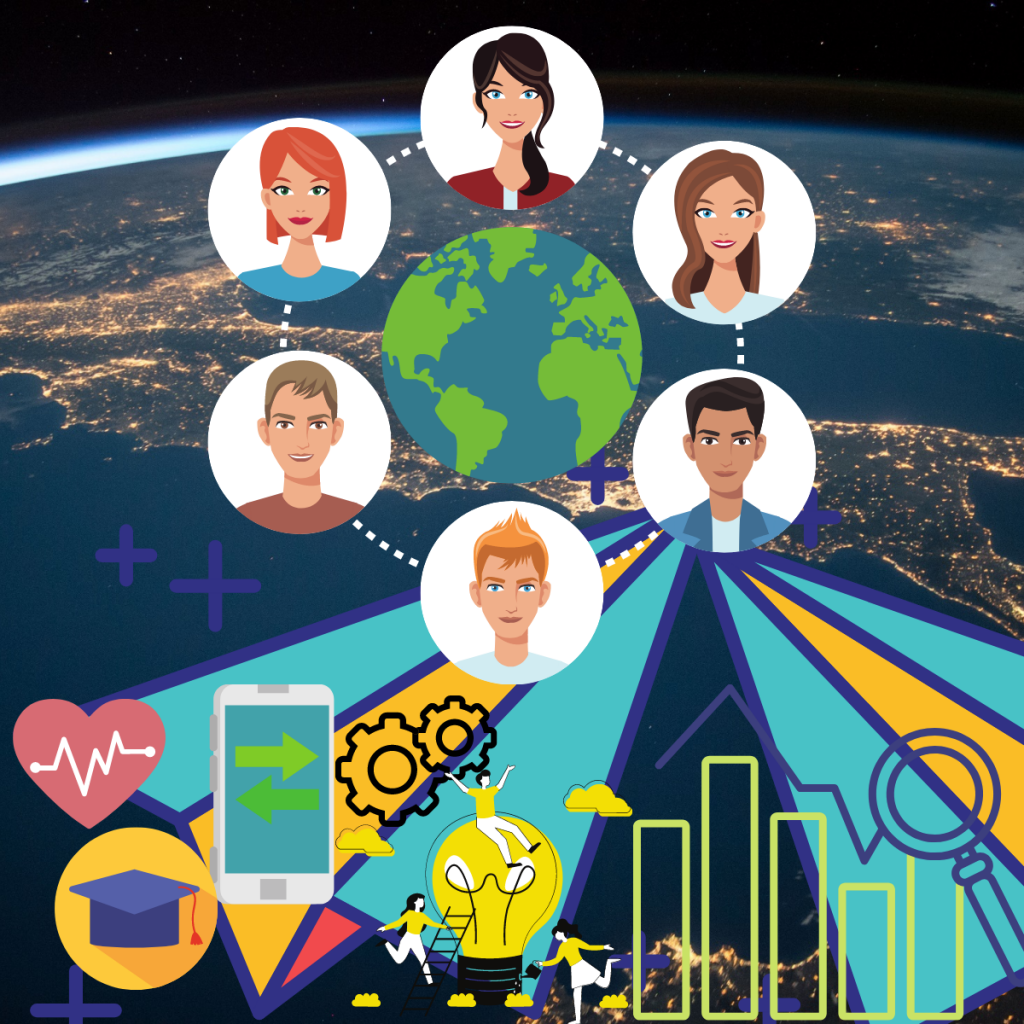
Suppose you live in Australia. An American company made the clothes you are wearing, a Japanese company made the shoes you are wearing. Have you ever wondered how you can buy these in your own country?
This has been possible in the modern era due to globalization.
When and how did globalization begin?
There are various theories about the origin of globalization. In the primitive age, when people gradually began to live in a socialized society, they exchanged goods for their needs. In the first century BC, for the first time in the world’s history, luxury goods arrived in Rome from China. Trade between Asia and Europe first began with muslin cloth and spices. Many scholars think that this was the basis of globalization.
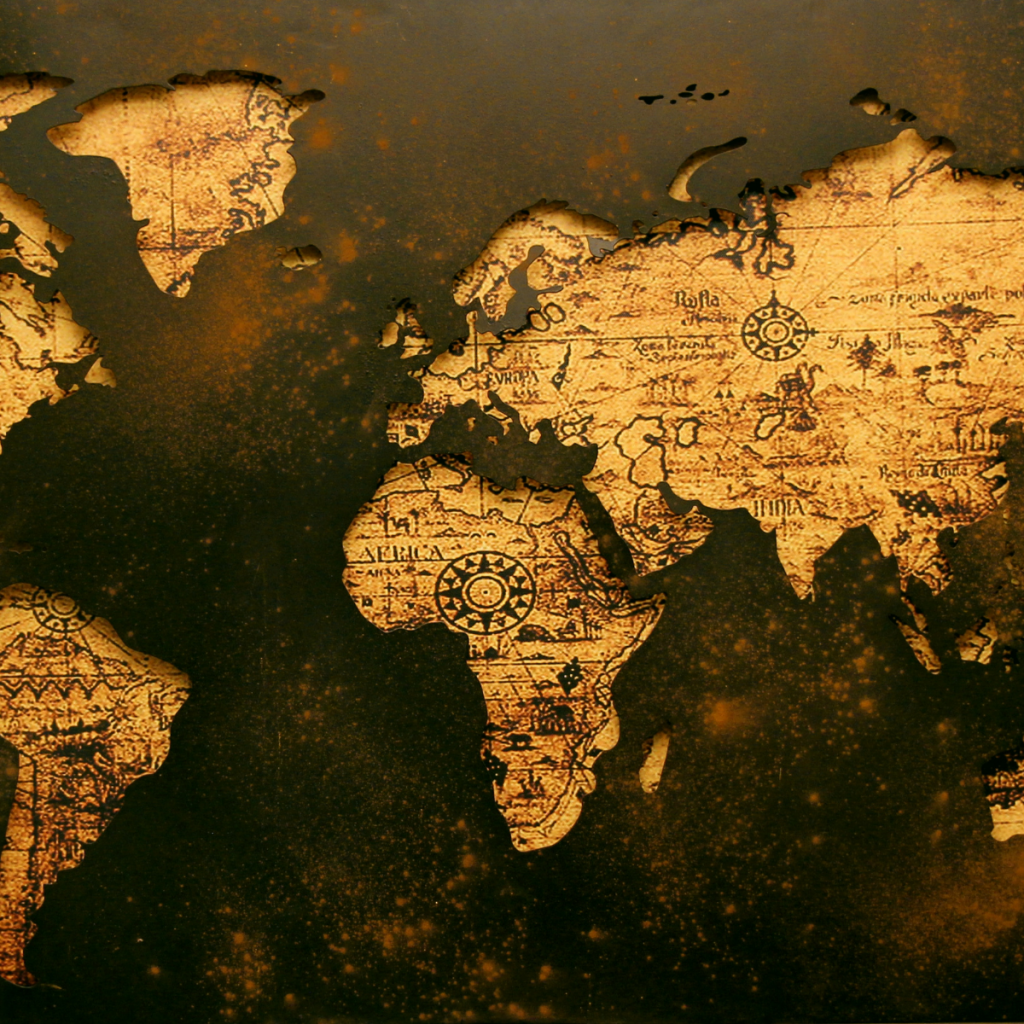
Many of them say it began with Columbus’s voyage to the unknown world in 1492. Also, globalization took on a new dimension after World War II. Organizations such as the European Union and the Soviet Union established free trade around the world. The industrial revolution and technological development certainly added new possibilities. This is how the idea of globalization spread.
What are the main elements of globalization?
- Gross Domestic Product (GDP)
- Human Development Index (HDI)
- Industrialization & Technological Development
How are the countries of the world being affected by globalization?
There are 195 countries in the world at present.
- A Developed Country is a nation with a healthy per capita income. Citizens enjoy a high standard of living, educational opportunities, and access to adequate health care. A developed economy is measured by a country’s gross domestic product.
- A Developing Country is a nation that fares poorly on the Human Development Index and has low levels of industrialization. There are relatively low levels of access to safe drinking water, health services, and schools.
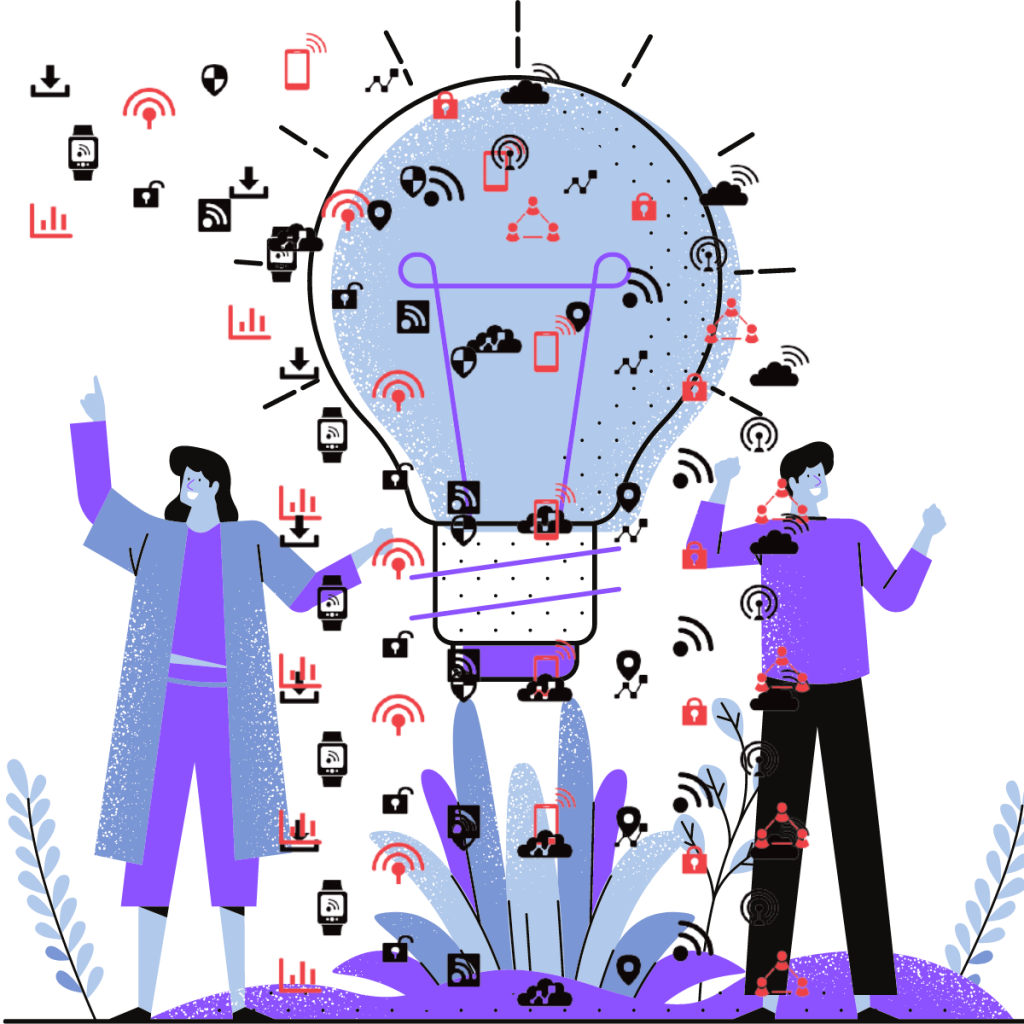
Globalization creates economic, technological, linguistic, and cultural bridges between people in all countries of the world. So its effect exists on all the developed or developed countries of the world.
Seems hard, right?
Now, let’s elaborate on this!
Opportunities And Obstacles of Globalization for Developed And Developing Countries-
Let’s talk about opportunities first!
How is the economy expanding through globalization?
All countries of the world are now economically dependent. Free trade is the key to this. As an example,
If a pen is one-dollar in country A, and country B has five-dollars in tariffs on pens, this pen would become six-dollars in country B.
Tariffs are trade barriers that are required fees on imports or exports. But free trade refers to the trading of goods and services between two or more countries between two or more countries.
On March 11, 2014, Canada and Korea signed a free trade agreement between them. As per the agreement, Canada removed 98.7% of tariffs on imported goods from Korea. Also, Korea removed 98.2% of tariffs on imported goods from Canada.
Do you know about trade blocs? If no, here’s the definition.
It is an agreement made between the governments to reduce or eliminate trade barriers.
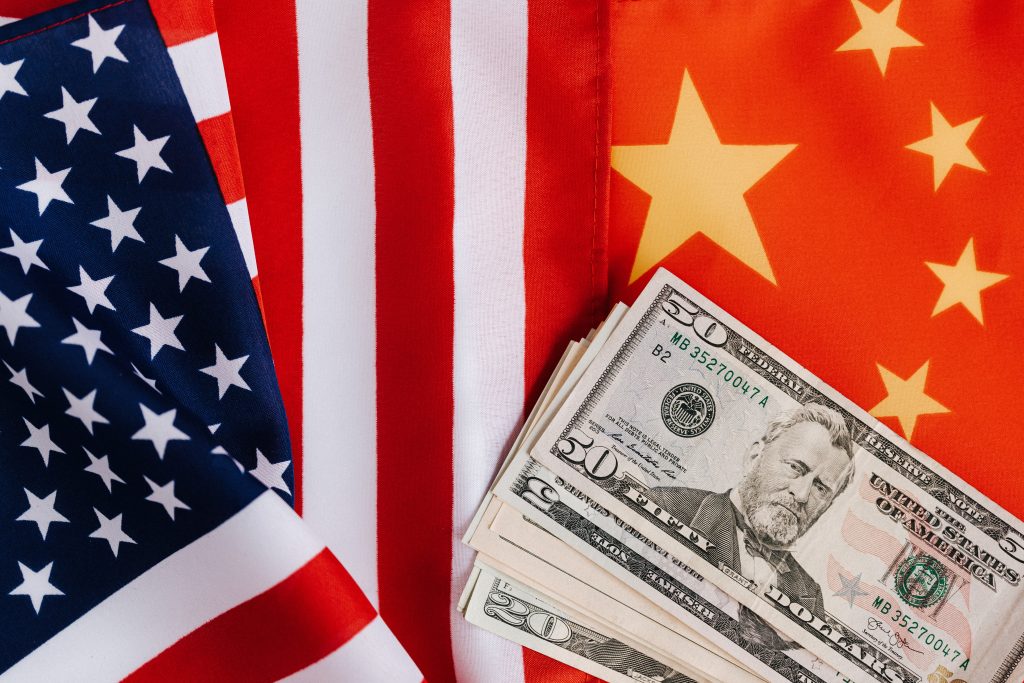
Have you ever heard of the Asia-Pacific Economic Cooperation (APEC)?
APEC is a multilateral organization made up of up to 21 members that line the pacific ocean to enlarge the way of free trade. Also, Multinational Companies (MNCs) are controlled by developed economies.
Is it a complete blessing, then?
Not really!
Let’s consider another case.
Free trade increases per capita income for developing countries. It keeps the wheel of the economy moving. But developed countries often exploit developed countries in terms of trade.
- Underdeveloped countries often have to accept offensive terms in trade agreements.
- They supply basic raw materials to developed countries at a very low cost. But because of infrastructural weaknesses, they cannot manufacture the products directly.
Which side won, considering both sides?
Developed Countries!!
How is globalization affecting technology?
Hundreds of years ago, when people had to travel from one country to another on foot, did anyone think of air travel? Or was it possible to imagine today’s advanced technology when people used to exchange news by letter fifty years ago?
Globalization is important to the adoption of technology for many reasons.
- Price
- Availability
- Continuous Advancements

Now, computers and smartphones are cheaper. Developed countries (mainly the USA) are the producers of these technologies. Products are outsourced to developing countries. Thus, developing countries become more advanced. It certainly allows them to connect themselves with the rest of the world.
So, this is a two-way advantage!!
How has globalization expanded education opportunities?
One hundred years ago, the literacy rate around the world was only 12%, which has now risen to 86%. What is the main reason behind this?
- Digital development
- Economic expansion
- Increased job opportunities

There are more opportunities for higher education in developed countries. They provide worldwide scholarships and low-cost education opportunities for innovation and the exchange of ideas. Thus, students living in developing countries are evolving their talents.
A major problem is that students living in a developing country do not return to their home country after completing their higher education in most cases. They settled in the developed country in the hope of a beautiful life with civic opportunities. This is the brain drain for developing countries.
So, developed countries have a higher advantage!!
How has globalization changed health care services?
Acute and epidemic infections such as HIV, plague, tuberculosis, severe acute respiratory syndrome (SARS), more recently, COVID-19 are spread because of migration from one country to another.
Health risks are higher, especially in developing countries. People suffer from malnutrition. Unhealthy populations move to developed countries and financially pressure the government in that country and Increase health risks. Thus they become a burden on the developed nations.

Because of globalization, the health care services of developing countries are improving day by day. The average life expectancy of people living in these countries is increasing.
In 1950, the average life expectancy in developing countries was only forty years. But in 2018, the average life expectancy increased to sixty-three years.
So, developing countries have a higher advantage!!
Now, let’s look into obstacles.
Is globalization a threat to the environment?
The amount of carbon dioxide (CO2) in the atmosphere is rising day by day, currently standing at 409 (2018) parts per million. Have you ever wondered what is the reason behind the production of this excess carbon dioxide?
Industrialization is constantly increasing in the world. As a result, the level of carbon dioxide in the environment is increasing. Developed countries are mostly responsible for this.
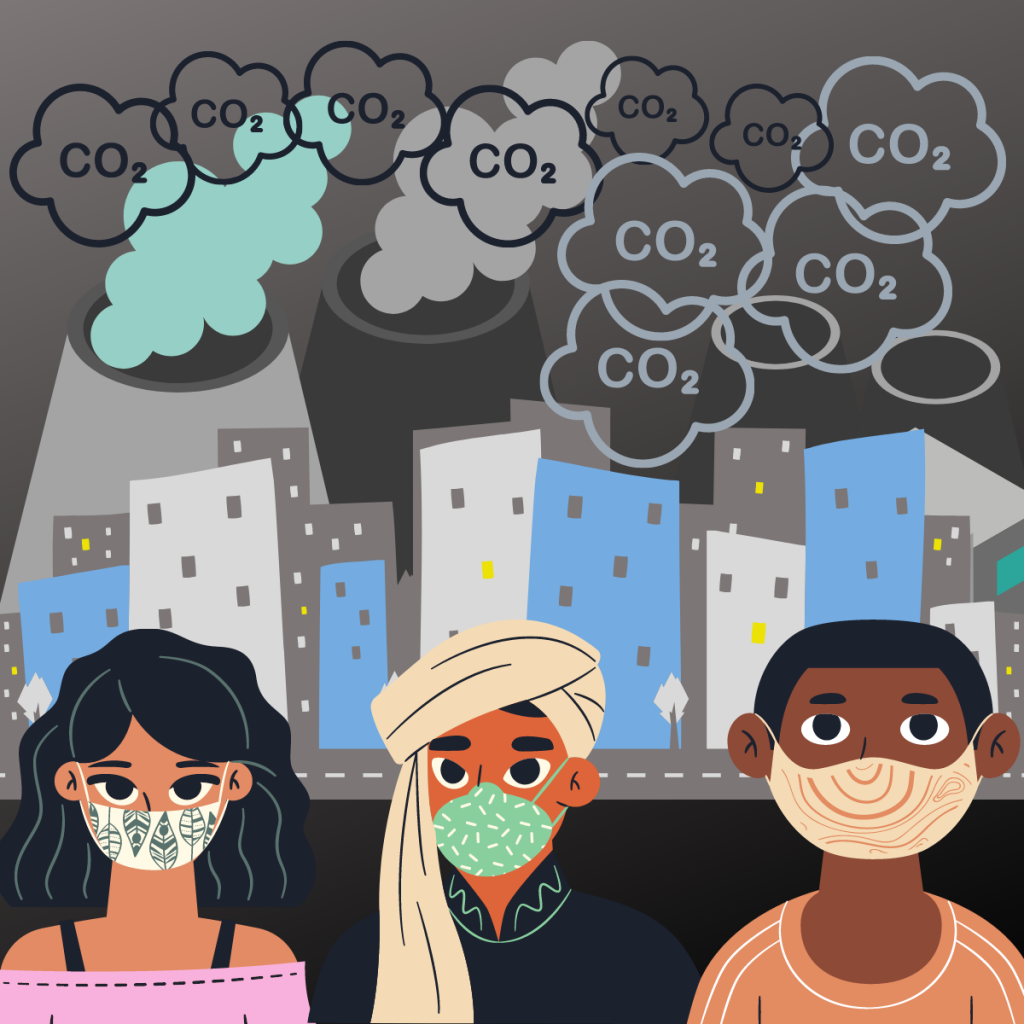
Environmental protection laws are not strictly enforced in developing countries. So large companies in developed countries shift their manufacturing activities to those countries. Forests are being cleared to set up these factories. As a result, the level of environmental pollution in developing countries increases. Natural resources and biodiversity disappear. Gradually the environment becomes uninhabitable.
Hence, a big disadvantage for developing countries!!
How is globalization related to unemployment in the world?
According to data, The United States outsourced approximately 791,000 jobs to Mexico in 2010. This is outsourcing.
Due to low labor wages and weak environmental laws, large multinational companies are shifting their manufacturing activities to developing countries. As a result, there is instability in the labor market of developed countries.

Outsourcing has increased job opportunities, but labor exploitation is a major problem in developing countries. To reduce the cost of production of goods, large companies deprive workers of fair wages and neglect their safety in the workplace.
So, Advantages and disadvantages exist on both sides!!
How does globalization cause instability in the domestic market?
Companies in developed countries use the latest technology in the production of products. These low-cost products easily spread in the market.
Now, let’s consider the scenario in developing countries.
Domestic companies lose the competition with this advanced technology. Although these are of high quality, due to high prices, buyers prefer foreign products. Globalization also allows consumers to choose between many products. They can purchase the necessary products at affordable prices. This creates instability in the domestic market of a developing country. Thus, Indigenous industries are slowly becoming extinct.
Finally, developing countries have to face the consequences!!
Since its inception, there has been a debate over whether globalization is beneficial to the world. Though globalization has improved technology, business, economics, communication, and brought the world into the hands of the people, it has created problems such as inequality and exploitation.
As an example, the relation between globalization and poverty is not easy to describe. Undoubtedly, it eradicated poverty from the world. In 1990, 35% of the world population lived in extreme poverty, which is now reduced to 9.1% in 2020.
The industrialization of developed countries requires human resources, and developing countries require technology. But there is no balance in the exchange between them in most cases. So rich countries tend to be richer. Which creates inequality in the world.
Looks like the debate will never end!
























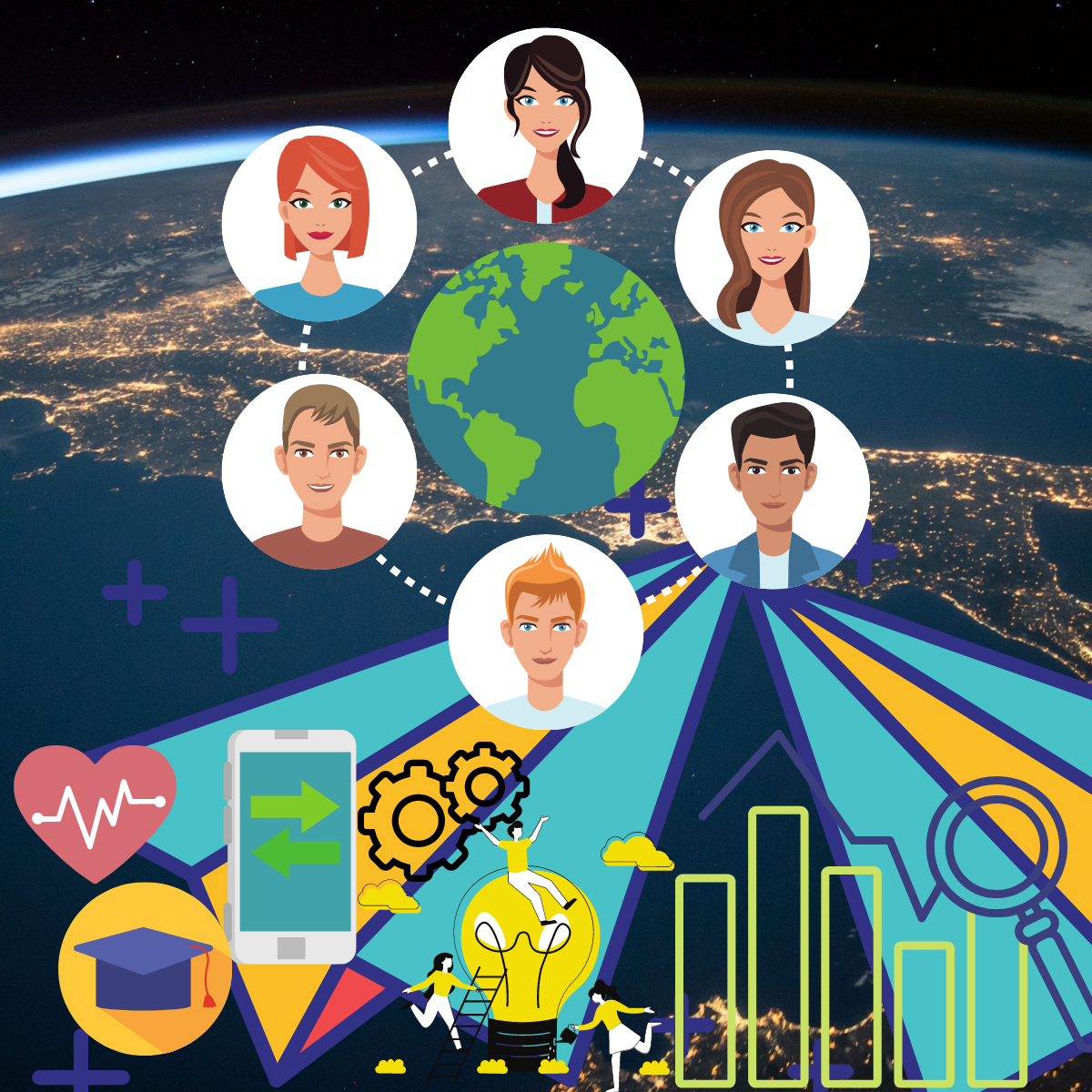

Leave a Reply